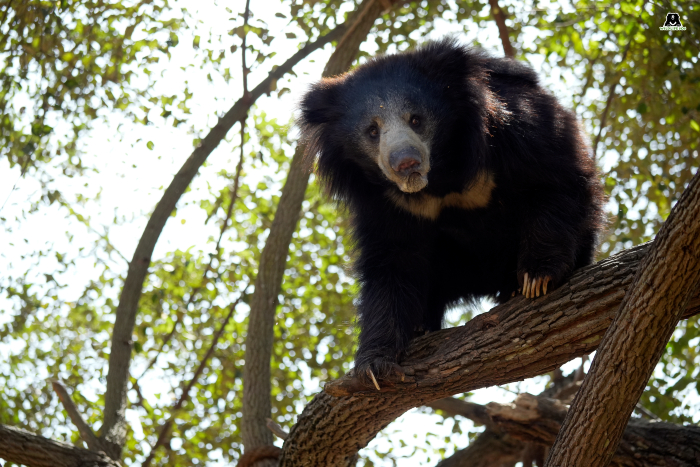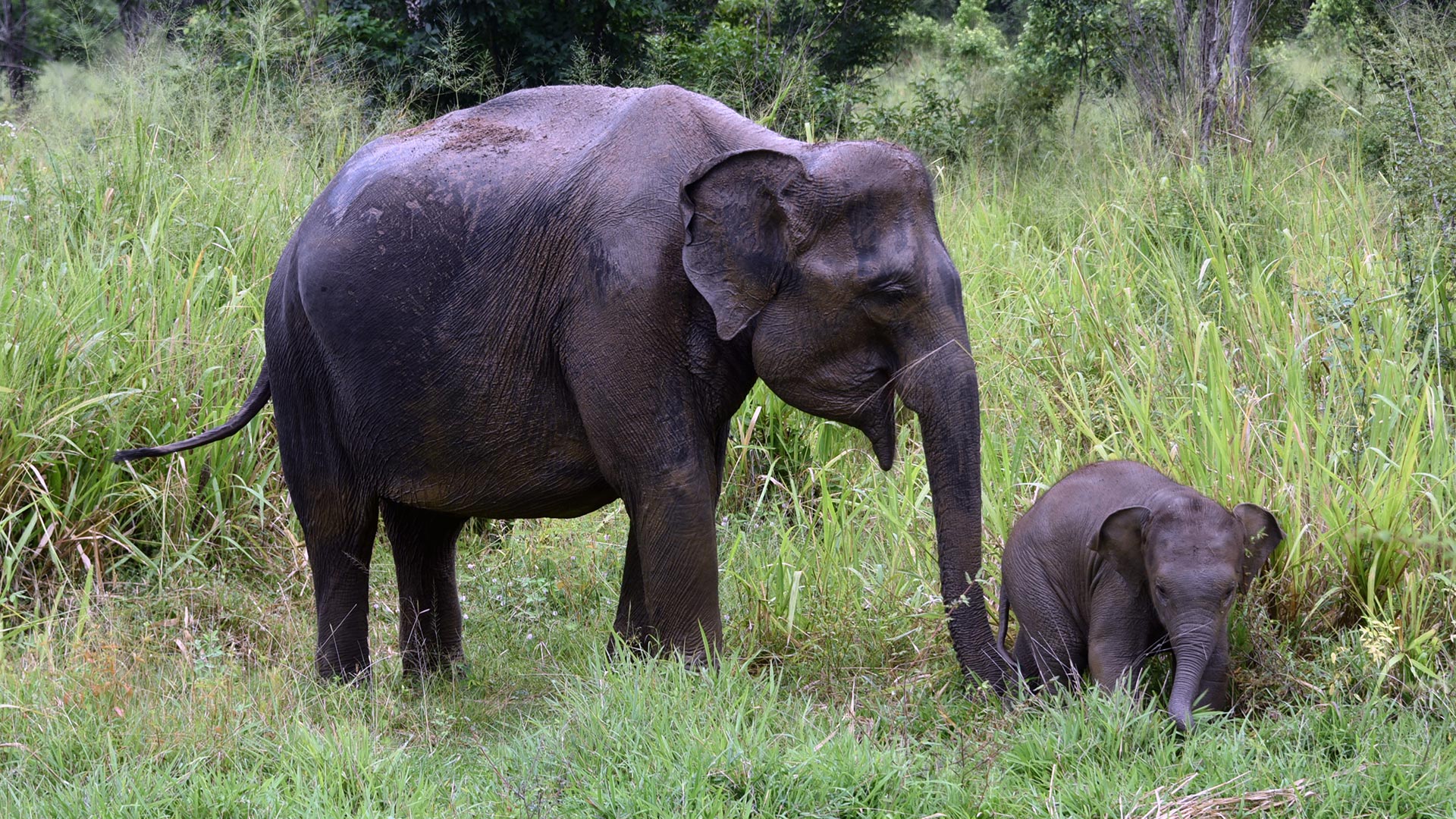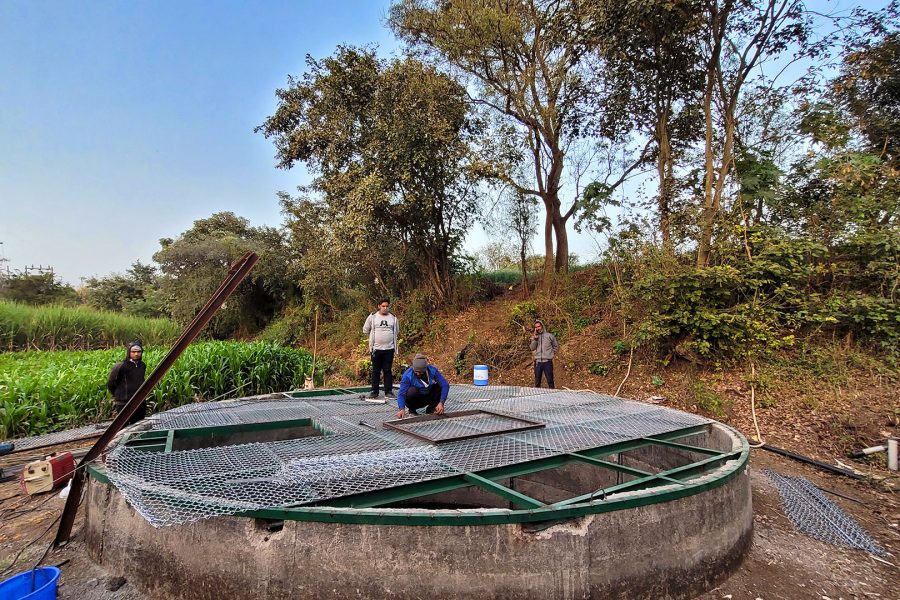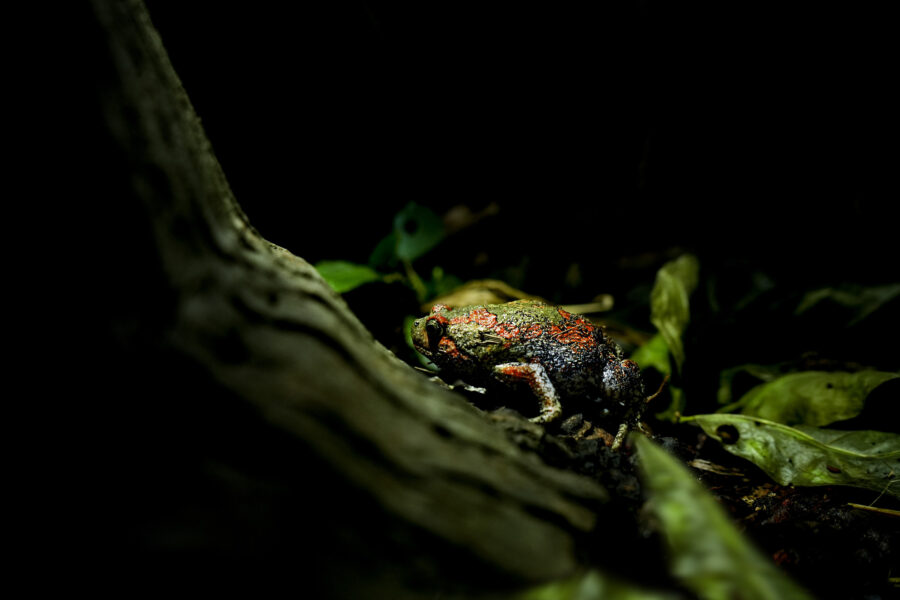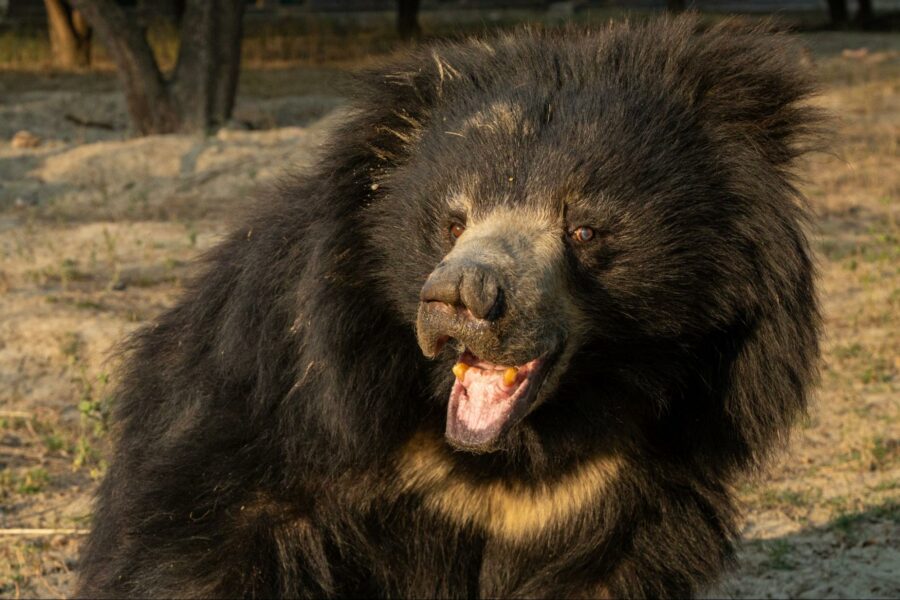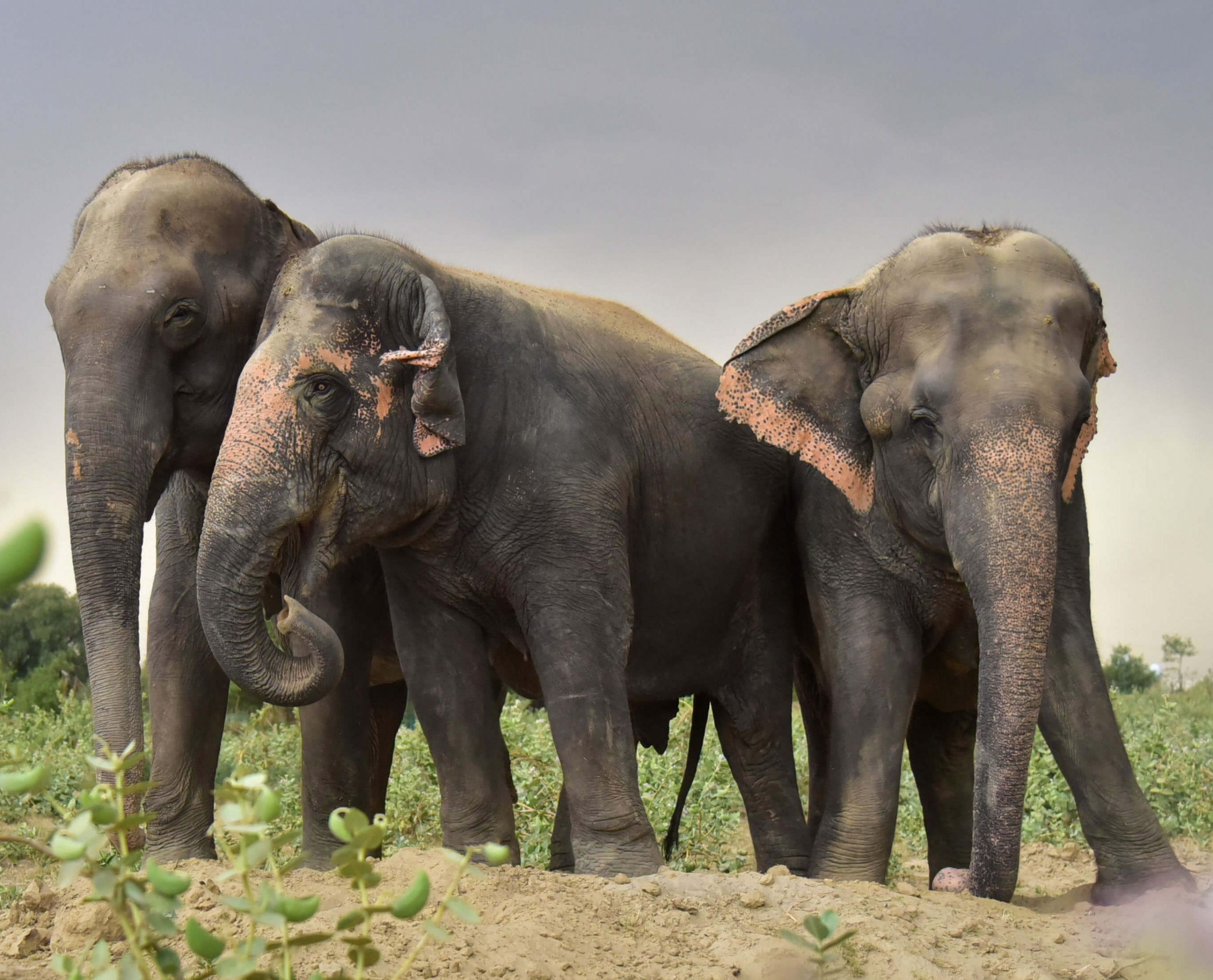Recently, Wildlife SOS and WBC Research Foundation biologists joined an AZA (American Zoos and Aquariums) Sloth Bear SAFE (Saving Animals from Extinction) trip to Sri Lanka to visit with and get to know the Sri Lanka Wildlife Conservation Society. The objective of the Sri Lankan excursion was to exchange information and ideas on ways to further the protection of the unique sloth bear subspecies Melursus ursinus inornatus.
The sloth bear evolved on the Indian subcontinent, a region of southeast Asia that projects southwards from the Himalayas. They only reside in three countries, India, which makes up roughly 90% of its entire range, Nepal, where it occurs at lower elevations in the southern part of the country, and the island of Sri Lanka, which is found roughly 55 km to the southeast of India’s southern tip. As recently as 20-40 years ago, sloth bears were completely extirpated from Bangladesh, due to its habitat being destroyed. Additionally, it was recently determined that sloth bears are not permanent residents of southern Bhutan, but only rare visitors. Presently, there are only two recognised subspecies; the mainland bear Melursus ursinus ursinus and the Sri Lanka subspecies Melursus ursinus inornatus.
Evolutionarily speaking, sloth bears split from other bears roughly 4-6 million years ago during the Pliocene Epoch. During the last 5 million years land bridges periodically connected India to Sri Lanka, the last occurring 5,000-8,000 years ago. It is likely that sloth bears, as well as many other animals, colonised Sri Lanka in waves as land bridges made themselves available. When the natural bridges were swallowed by the sea, the southernmost sloth bear population was isolated in Sri Lanka, an island that is a little smaller than Ireland.
While isolated, the Sri Lankan sloth bear became slightly distinguishable from its mainland counterpart. First, they became slightly smaller. This follows the “Island rule” first described by Leigh Van Valen in 1973. In short, it states that when animals colonise islands their body size changes, and large animals get smaller. Secondly, sometimes the Sri Lankan male sloth bears have less fur. But make no mistake, they are still very clearly the same species as the one on the mainland. Research suggests that “inornatus” has smaller home ranges than the mainland subspecies. This could be the result of it being a smaller bear, or the bears having access to an abundance of resources in a smaller area (at least where the research was done).
Interestingly, there is a dearth of data on the breeding season of sloth bears in Sri Lanka. Throughout the rest of the sloth bear range, they breed in the late winter or early summer (India has three seasons: winter, summer and monsoon), and give birth in winter. It has been suggested that in Sri Lanka there is no particular breeding season, and that the bears will breed and give birth during any time of the year.
Part of the rationale for this line of thinking is that unlike India, which has three seasons, Sri Lanka, due to an extra monsoon season (winter, monsoon, summer, monsoon), has four. “Yala”, the southwest monsoon, occurs from May to August, and “Maha”, the northeast monsoon, occurs from October to January. And while it is true that both monsoon seasons can be felt in southern India, they are not nearly as pronounced. But why would this affect the breeding of the sloth bear? As it turns out, there is only one bear which does not have a well defined breeding season, the sun bear. It is also interesting to note that not only are sun bears the most tropical of all bear species, but they are the closest living relative of the sloth bear. But whether or not the Sri Lankan sloth bear has a clear breeding season is presently still being investigated by researchers in Sri Lanka.
Wildlife SOS looks forward to continued collaboration with biologists from the Sri Lanka Wildlife Conservation Society in an effort to better understand sloth bears to help ensure their survival in both countries.


